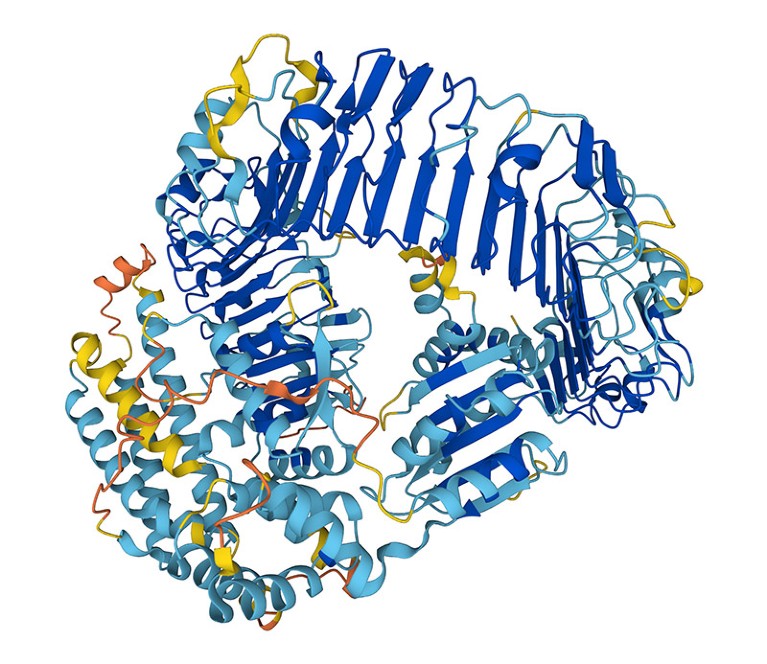[ad_1]
Apple today updated its App Store guidelines to comply with an anti-steering mandate levied by the European Commission. Music streaming apps like Spotify are now permitted to include a link or buy button that leads to a website with information about alternative music purchasing options, though this is only permitted in the European Economic Area.

Music Streaming Services Entitlements: music streaming apps in specific regions can use Music Streaming Services Entitlements to include a link (which may take the form of a buy button) to the developer’s website that informs users of other ways to purchase digital music content or services. These entitlements also permit music streaming app developers to invite users to provide their email address for the express purpose of sending them a link to the developer’s website to purchase digital music content or services. Learn more about these entitlements.
In accordance with the entitlement agreements, the link may inform users about where and how to purchase those in-app purchase items, and the price of such items. The entitlements are limited to use only in the iOS or iPadOS App Store in specific storefronts. In all other storefronts, streaming music apps and their metadata may not include buttons, external links, or other calls to action that direct customers to purchasing mechanisms other than in-app purchase.
The European Commission in March fined Apple $2 billion for anti-competitive conduct against rival music streaming services. The fine also came with a requirement that Apple “remove the anti-steering provisions” from its App Store rules, which Apple has now done. Apple is restricted from repeating the infringement or adopting similar practices in the future, though it is worth noting that Apple plans to appeal the decision.
Apple has accused Spotify of manipulating the European Commission to get the rules of the App Store rewritten in its favor. “They want to use Apple’s tools and technologies, distribute on the App Store, and benefit from the trust we’ve built with users – and pay Apple nothing for it,” Apple complained following the ruling.
In addition to updating its streaming music rules, Apple today also added games from retro game console emulator apps to the list of permitted software allowable under guideline 4.7. Guideline 4.7 permits apps to offer HTML5 mini apps and mini games, streaming games, chatbots, game emulators, and plug-ins.
Apps may offer certain software that is not embedded in the binary, specifically HTML5 mini apps and mini games, streaming games, chatbots, and plug-ins. Additionally, retro game console emulator apps can offer to download games. You are responsible for all such software offered in your app, including ensuring that such software complies with these Guidelines and all applicable laws.
Game emulators have managed to sneak onto the App Store several times over the years by using hidden functionality, but Apple has not explicitly permitted them until now. The rule change that allows for game emulators is worldwide, as is support for apps that offer mini apps and mini games.
[ad_2]
Source Article Link







